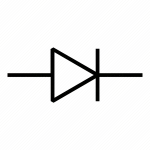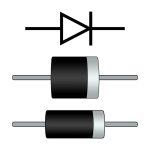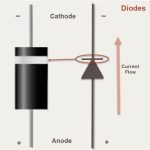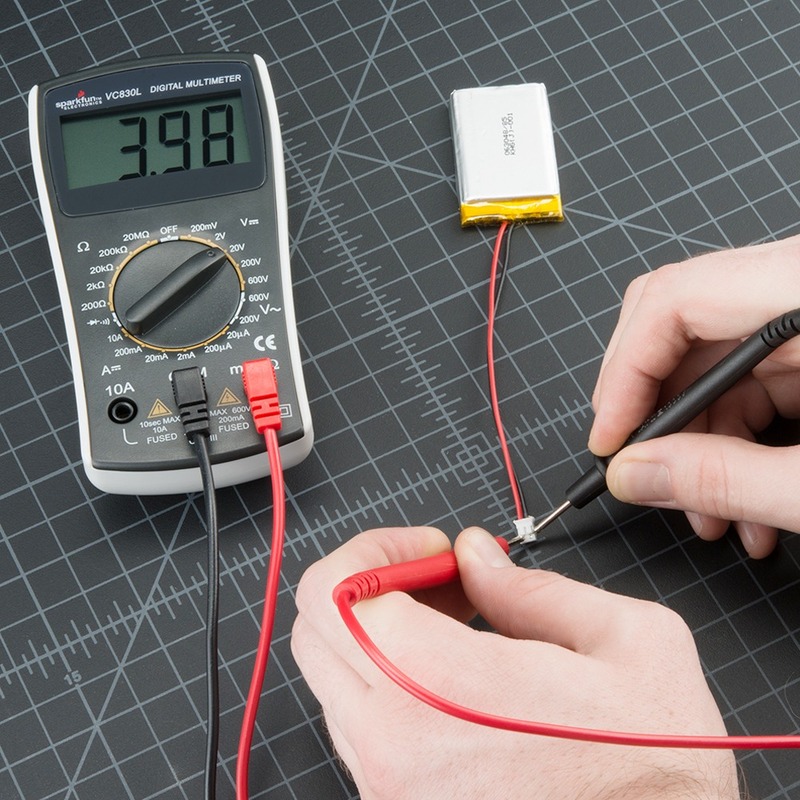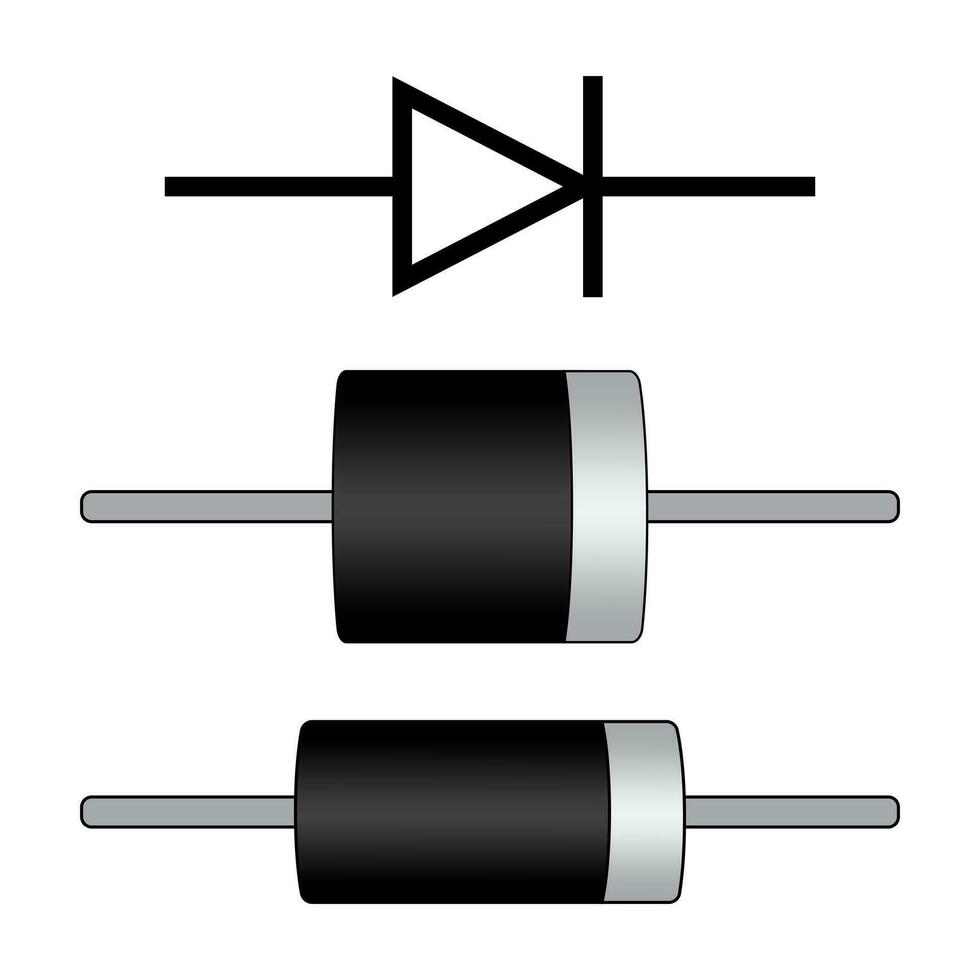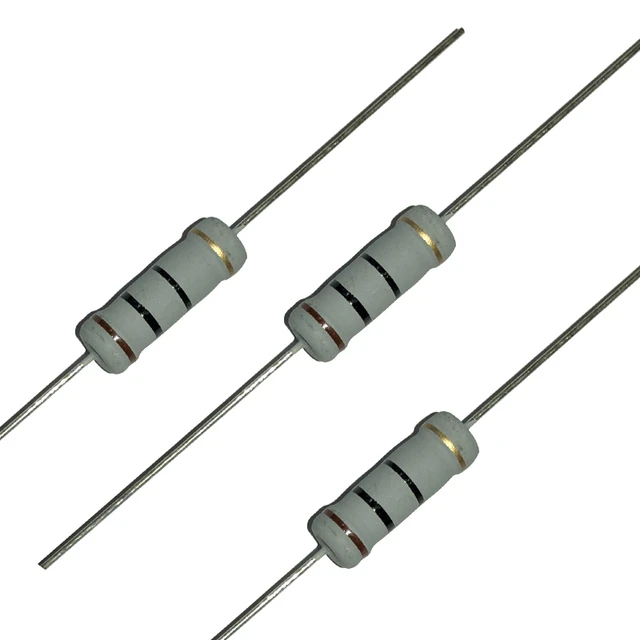 Introduction:
Introduction:
What does a resistor look like? Resistors are fundamental components in electronics that regulate the flow of electrical current. Despite their importance, many people are unfamiliar with what a resistor looks like and how it functions. In this comprehensive guide, we will explore the visual characteristics of resistors and provide a basic understanding of their purpose and functionality. By familiarizing ourselves with the appearance and function of resistors, we can gain a better understanding of their role in electronic circuits.
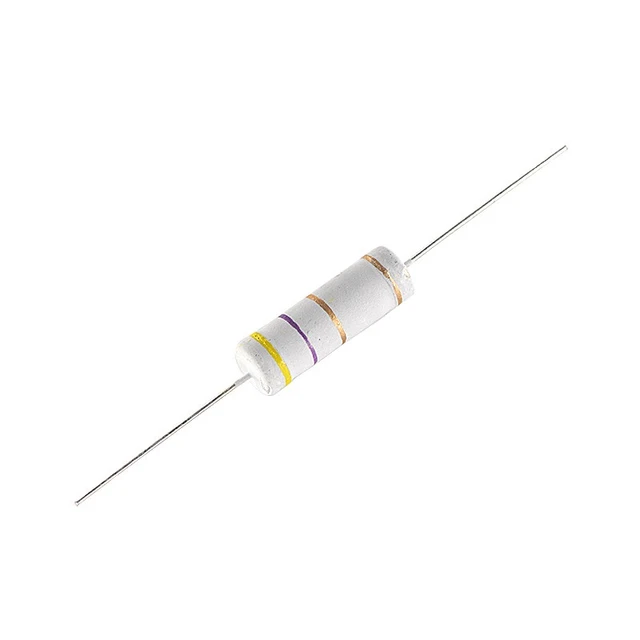 Physical Appearance
Physical Appearance
Small, Compact Shape:
Resistors are typically small, cylindrical-shaped components, often referred to as “through-hole” resistors.
They are designed to be compact to fit into electronic circuit boards.
Color Bands:
Resistors are typically color-coded using a series of colored bands that encircle their body.
These bands represent the resistor’s resistance value, tolerance, and sometimes its temperature coefficient.
Lead Connections:
Most resistors feature two metallic leads, one on each end, which provide the physical and electrical connection to the circuit board.
These leads are often long enough to allow for easy insertion and soldering onto the board.
Functional Characteristics
Resistance Value:
The primary function of a resistor is to provide a specific level of resistance to the flow of electrical current.
The resistance value is measured in units called ohms (Ω) and can vary from a few ohms to millions of
Power Rating:
Resistors are also rated for the amount of power they can safely handle without overheating or failing.
The power rating is typically measured in units of watts (W).
Tolerance:
Resistors have a specified tolerance that indicates the allowable range of deviation from the stated resistance value.
The tolerance is typically represented as a percentage.
 Types of Resistors
Types of Resistors
Carbon Composition Resistor:
Carbon composition resistors are one of the earliest and most basic types of resistors.
They consist of a cylindrical body made of a carbon-based material, covered with color bands.
Metal Film Resistor:
Metal film resistors are more precise and stable than carbon composition resistors.
They have a metal film deposited on a ceramic rod or fiberglass body, providing a more accurate resistance value.
Thick Film Resistor:
Thick film resistors are similar to metal film resistors but have a thicker film layer.
They are commonly used in applications where cost-effectiveness and reliability are paramount.
A blower resistor:
A blower resistor is a component commonly found in automotive heating, ventilation, and air conditioning (HVAC) systems. Its primary function is to control the speed of the blower motor, which regulates the air circulation inside a vehicle.
The blower resistor is usually installed near the blower motor and consists of a series of resistors or a resistor pack. It works by adjusting the resistance in the blower motor circuit, which determines the speed at which the blower motor operates. By changing the resistance, the blower resistor can effectively modify the speed of the blower motor, thus controlling the volume of air being circulated.
The blower resistor’s operation is typically managed by the HVAC control unit or the fan speed switch in the vehicle. Different speed settings selected by the driver correspond to various levels of resistance in the blower circuit, resulting in different fan speeds.
Over time, the blower resistor can wear out or become damaged, causing issues such as erratic fan speeds or the failure of specific speed settings. In such cases, replacing the blower resistor is often required to restore proper functionality to the blower motor and the overall HVAC system.
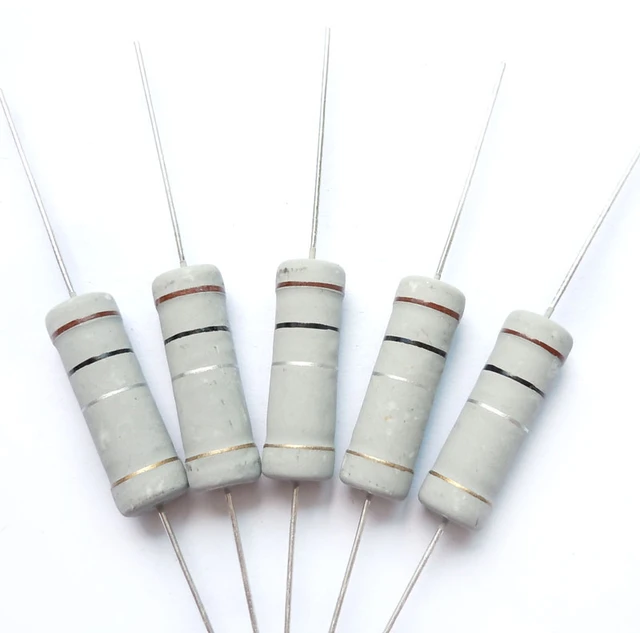 Resistors are primarily used to:
Resistors are primarily used to:
The purpose of a resistor is to control the flow of electric current in a circuit. It is a passive electronic component that introduces resistance to the flow of electrical energy.
Limit Current:
A resistor can be used to limit the amount of current passing through a circuit. By offering resistance to the flow of electricity, it helps prevent excessive current that could damage components or cause overheating.
Divide Voltage:
Resistors can be used in voltage divider circuits to create specific voltage levels at different points in a circuit. By adjusting the resistance values, the voltage across each resistor can be controlled, allowing for precise voltage division.
Adjust Signal Levels:
In electronic circuits, resistors can be used to adjust signal levels or impedance matching. They can be employed as voltage or current dividers to scale signals and match the impedance of different components in a circuit.
Set Biasing Levels:
Resistors are used in biasing circuits to establish the operating conditions of transistors and other semiconductor devices. By applying appropriate bias voltages, the performance and stability of these devices can be controlled.
Reduce Noise:
Resistors can be incorporated into circuits to reduce or dampen electrical noise. By adding resistors in specific locations, unwanted noise or fluctuations in the signal can be minimized, resulting in cleaner and more reliable circuit operation.
Provide Load Resistance:
In some cases, resistors act as load resistances, redistributing or dissipating electric energy. They can convert electrical energy into heat, commonly seen in applications like power resistors or wirewound resistors.
Resistors come with various resistance values, power ratings, and tolerances, allowing engineers and designers to select the appropriate resistor for their specific circuit requirements. By strategically implementing resistors, the behavior of electrical circuits can be controlled and tailored to meet various operational needs.
Applications and Utility
Voltage and Current Division:
Resistors are frequently used in voltage dividers and current limiting circuits to control the flow of electricity.
By adjusting the resistance value, different voltage or current levels can be achieved.
Signal Conditioning:
Resistors are utilized in signal conditioning circuits to modify signals for optimal processing or compatibility with other components.
They can adjust voltage levels, attenuate signals, or match impedance.
Current Sensing:
In current sensing applications, resistors are used to measure or monitor the flow of electrical current.
The voltage drop across a known resistance is proportional to the current passing through it.
 Conclusion:
Conclusion:
While resistors may appear simple in their physical design, they play a crucial role in the functionality of electronic circuits. By understanding their appearance, color coding, and function, we can appreciate the fundamental nature of resistors and the various roles they play in electronic systems. Whether it is voltage division, current sensing, or signal conditioning, resistors are invaluable components that enable the precise control and manipulation of electrical current. So, the next time you come across a resistor, you will recognize their distinct appearance and appreciate the importance of their function in the world of electronics.

